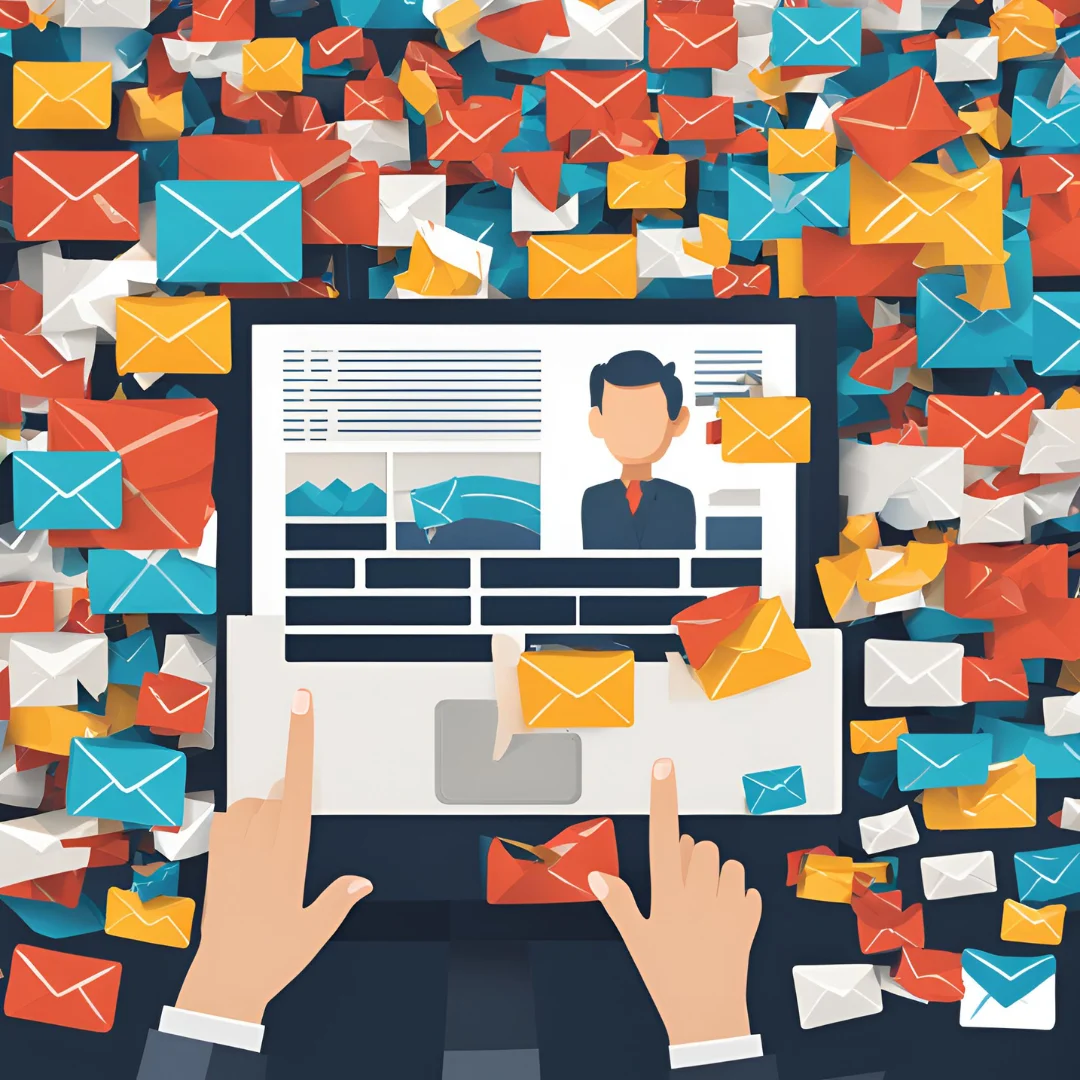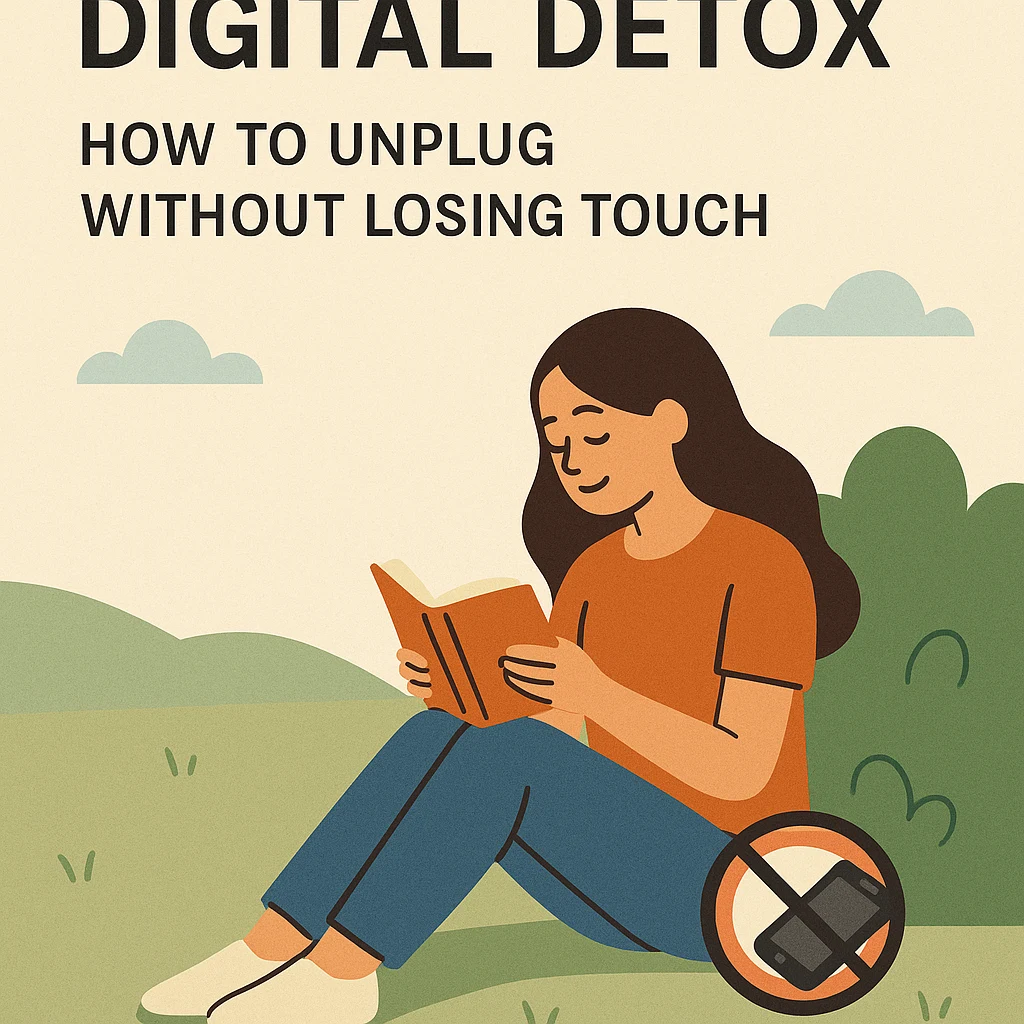With a remarkable return on investment (ROI) when compared to other marketing channels, email marketing is still one of the best ways for companies to engage with their customers. However, conventional email tactics frequently fail to capture attention as inboxes get increasingly congested and customers get more astute. Marketers are increasingly using user-generated content (UGC), a dynamic, genuine, and affordable method of audience engagement, to break through the clutter.
Any content produced by consumers rather than the brand, such as reviews, testimonials, photos, videos, and social media posts, is considered user-generated content (UGC). Effective use of UGC may greatly increase the effectiveness of email campaigns, build trust, and humanize marketing initiatives. This article examines the ethical factors that guarantee its responsible usage, the reasons behind UGC's potency, and how to integrate it into your email strategy.
Why User-Generated Content Matters
A key component of contemporary marketing is user-generated content. Customers are more inclined to believe information produced by their peers since they are growing tired with well-produced commercials. 92% of customers trust user-generated content (UGC), such reviews and recommendations, more than traditional advertisements, per a Nielsen survey.
Incorporating UGC into email campaigns has several key advantages:
1. Fosters Authenticity and Trust
The cornerstone of effective marketing is trust. By demonstrating to prospective buyers that actual people are using and appreciating a product or service, user-generated content (UGC) offers social proof. Customers are more inclined to trust a brand and think about buying from them when they see sincere reviews or experiences from their peers.
An email with a client photo and a testimonial such as, "This skincare routine transformed my skin in just a month!" can have a far bigger impact than a generic product promise from a manufacturer.
2. Increases Engagement
The audience's personal experiences and goals are reflected in UGC, which makes it compelling. Email receivers are more inclined to interact with user-generated content since it frequently feels more relatable than brand-created content. UGC promotes meaningful connections whether a user clicks on a link, shares an email, or makes a purchase.
3. Encourages Community Building
Including user-generated content (UGC) in email campaigns fosters a feeling of community. Consumers feel appreciated when their contributions are recognized, which deepens their bond with the company. By encouraging others to share their experiences as well, this sense of community can start a positive feedback loop that increases engagement and produces new material.
4. Cost-Effective Content Creation
It can be costly and time-consuming to create excellent marketing material. User-generated content (UGC) offers a consistent flow of real, usable content at minimal expense. Reusing customer-generated content allows brands to save time and money.
Types of UGC for Email Campaigns
Different types of user-generated content can be leveraged in email campaigns, each offering unique benefits:
1. Customer Reviews and Testimonials
One of the most effective types of user-generated content is positive reviews and testimonials. Incorporating brief excerpts of client testimonials into your emails not only bolsters confidence but also resolves any possible issues. For example, a review such as this could be included in an email advertising a new product:
“I was hesitant at first, but this product exceeded my expectations. Highly recommend!”
This approach reassures prospective buyers and nudges them closer to a decision.
2. Social Media Posts
UGC can be found in abundance on social media platforms. Consumers regularly use branded hashtags or tag brands in their online encounters. Brands may demonstrate their popularity and entice additional users to share by selecting these posts and incorporating them into emails.
A fashion retailer might, for instance, post Instagram pictures of its customers wearing their clothing with the hashtag #StyledBy[BrandName] in the caption.
3. Photos and Videos
Higher engagement rates are frequently attained by visual content. Adding a brief video testimonial or a picture of a satisfied client using your product will enhance the visual appeal and persuasiveness of your communications.
A travel agency might, for example, display a photo of a client's vacation with the following caption: "Thanks to [Agency], our trip to Bali was unforgettable!"
4. Contests and Challenges
One excellent strategy to create UGC is to invite clients to take part in challenges or competitions. A fitness company might, for instance, offer a "30-Day Transformation" challenge in which participants are asked to submit before and after pictures. The most motivational submissions might be highlighted in email campaigns, encouraging others to sign up.
5. Aggregated Ratings
Highlighting overall ratings for a product or service communicates trust and quality at a glance. For example, an email might state:
“Rated 4.8/5 by over 10,000 satisfied customers!”
This type of UGC reinforces credibility and encourages hesitant buyers to take action.
How to Incorporate UGC into Email Campaigns
To maximize the impact of UGC, brands need a thoughtful approach to integration. Here are some practical strategies:
1. Create Dedicated UGC Sections
Set aside special areas of your newsletter, like "Customer Spotlight" or "Fan Favorites," for user-generated content. This content will stand out if reviews, images, or videos are highlighted in a special area.
2. Pair UGC with Calls-to-Action (CTAs)
Utilize UGC to enhance your calls to action. For instance, putting a favorable review next to a "Buy Now" button promotes conversions and strengthens confidence.
3. Personalize with UGC
Adapt user-generated content to the tastes and habits of your target audience. Send a person an email with customer reviews or pictures of the running shoes they recently looked at on your website, for instance.
4. Run UGC-Centric Campaigns
Create campaigns based on user input. A cosmetics company might, for example, invite consumers to submit beauty looks they've developed using the brand's products. The top submissions would then be included in the company's email newsletters.
5. Encourage Participation
Encourage consumers to share their experiences by providing rewards. An email might read, for instance: "Tell us about your story for a chance to be featured and win a $50 gift card!"
Conclusion
Email marketing could undergo a transformation because to user-generated content, which makes campaigns more engaging, relatable, and genuine. Brands may increase ROI, cultivate community, and establish trust by judiciously integrating user-generated content.
UGC acts as a link between brands and their audiences in a world where customers are looking for authenticity, transforming regular people into influential brand ambassadors. Using user-generated content (UGC), whether in the form of reviews, images, or social media posts, guarantees that your email marketing campaigns stay engaging, memorable, and relevant.




